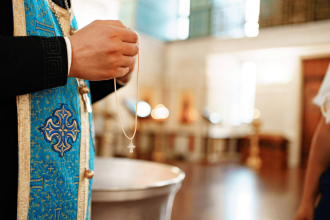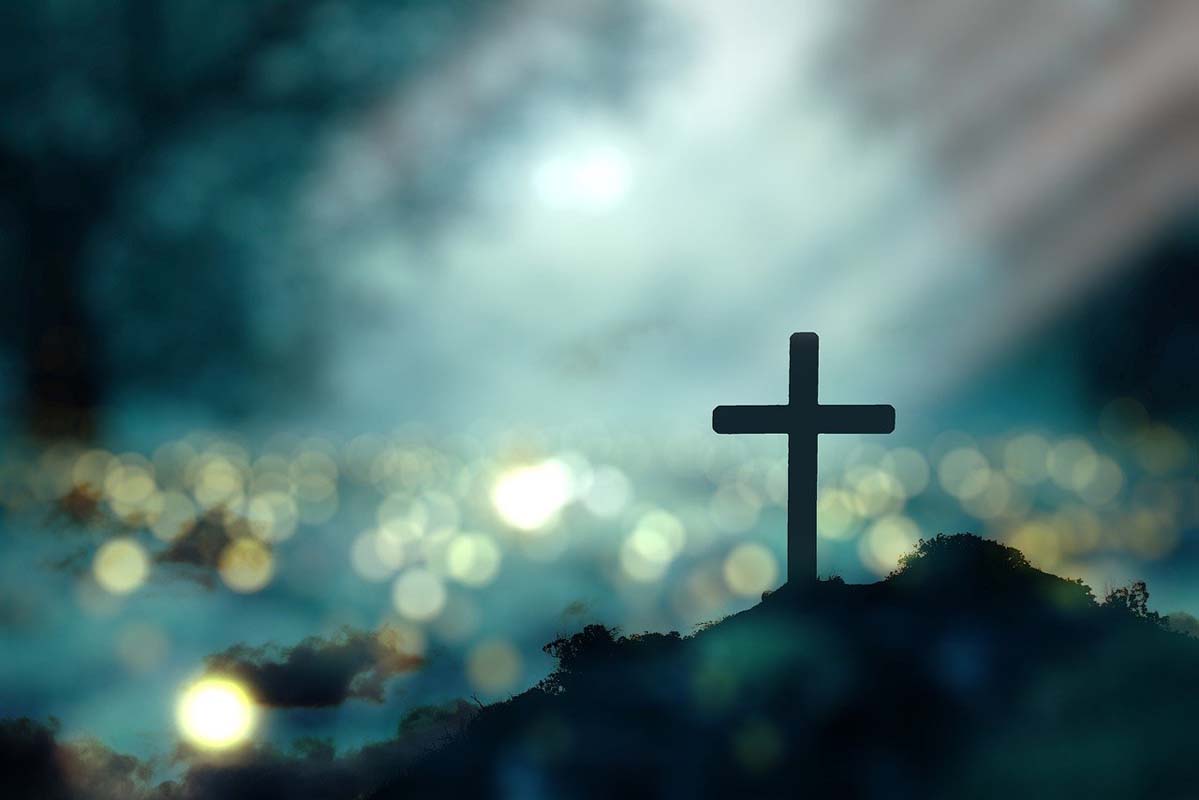The calculation of Easter’s date is notoriously intricate. For Orthodox Christians, it is based on the Julian calendar. Easter must fall on the first Sunday after the full moon that follows the spring equinox, but it must also occur after the Jewish holiday of Passover (Pesach), in accordance with the Bible’s account of Christ’s crucifixion during this time. Christianity, like Islam, is rooted in Judaism, even though it has often distanced itself from its Jewish origins.
Catholic Easter follows a similar logic but uses the Gregorian calendar, a system established in the 16th century by Pope Gregory XIII. Because of these differing calendars, Orthodox and Catholic Easter usually fall on different dates, aligning only occasionally.
There are several reasons why the Russian Orthodox Church continues to use the Julian calendar. First, it is a statement of independence, as the Orthodox Church distinguishes itself from Catholicism, which it often views as schismatic. Second, tradition holds great weight in the Orthodox faith, and switching calendars would cause logistical chaos for the thousands of parishes following the current system. Third, church leaders fear that changing the calendar could provoke unrest, citing the failed attempt at modernization in the early 20th century when “Renovationists” tried to introduce reforms. Finally, the Julian calendar is considered a part of ancient Church tradition and historical continuity, with its abandonment seen as severing a sacred connection.
Despite these reasons, contradictions persist. For example, while January 1 is celebrated as New Year’s Day in most of the world, Russian Orthodox Christians celebrate Christmas on January 7, twelve days later. This creates an inversion in the Christian calendar, marking the “new year” before the birth of Christ.
Some have proposed aligning Christmas with the Gregorian calendar, as the Greek Orthodox Church has done, which would fix holidays to the modern calendar while keeping Easter on the Julian system. Though it may seem complicated, transitioning to the Gregorian calendar without losing liturgical continuity is theoretically possible and could be studied by the Church’s theological departments.
MENAFN11052025000045015687ID1109533817







